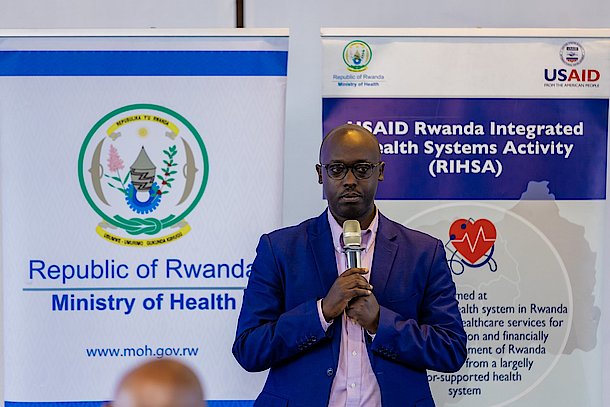
The Hospital Accreditation Standard survey findings indicate that a total of 16 hospitals countrywide have graduated from the first stage of accreditation and achieved the second level.
The results are courtesy to the survey conducted by Rwanda Agency for Accreditation and Quality Health Care (RAAQH) from 51 referrals, provincial and district hospitals supported by the Ministry of Health and USAID/ Rwanda Integrated Health Activity (RIHSA).
The graduating district hospitals include Kigeme with 94 percent, Kirehe with 93 percent and Mugonero with 92 percent.
Kacyiru and Muhororo got 88 percent, Rwinkwavu got 86, Kibungo Level 2 Teaching hospital got 85.
Other hospitals that in the second level of accreditation include Masaka, Ruhengeri, Kibagabaga, Kibuye, Gahini, Shyira, Byumba, Butaro and Kabaya District Hospitals.
Up to 11 hospitals maintained their seat in level 2 as they had achieved it last year, but five more hospitals achieved the seat in this year’s accreditation survey.
Commenting on the survey, Dr. Corneille NTIHABOSE, the Director General in charge of Clinical and Public health services at the Ministry of Health, he said that any achievement of the survey makes up a larger component on the mission of the Ministry.
“As the Ministry, these achievements help us to improve the quality of health services delivered to the Rwandan population through the provision of preventive, curative and rehabilitative health services there by contributing to the reduction of poverty and enhancing the general well-being of the population which is on the core of our mission,” he observed.
Every year, the Ministry of Health organizes this survey in various health facilities to assess the levels of implementation of accreditation standards.
This stems out of the government’s ambitious target to ensure quality and safe healthcare services delivery centered on clients attending health facilities.
Rwandan Hospitals accreditation has three levels of efforts which are the measurements for reaching the expectations for each standard:
Level 1 requires developing and communicating policies, procedures and plans which describe the level of quality expected in all areas within the facility.
Level 2 involves implementation of policies, procedures, and plans that were developed in level 1.
Level 3 requires monitoring of the effectiveness of the process implemented in Level II. At this level, data must be used as evidence to identify opportunities for improvement and thus action plans for improvements needed to be developed.
The indicators that are assessed during the survey include leadership process and accountability, competent and capable workforce, safe environment for staff and patients, clinical care of patients and improvement of quality and safety.
Since 2014, the Ministry of Health and its partners have supported health facilities with periodic accreditation progress surveys for the public referral, provincial and district hospitals.
The intent is no other than using the results of the survey to inform performance-based financing payments, as a means of recognizing facilities that progress toward meeting the quality standards and ultimately achieve accreditation. (End)
